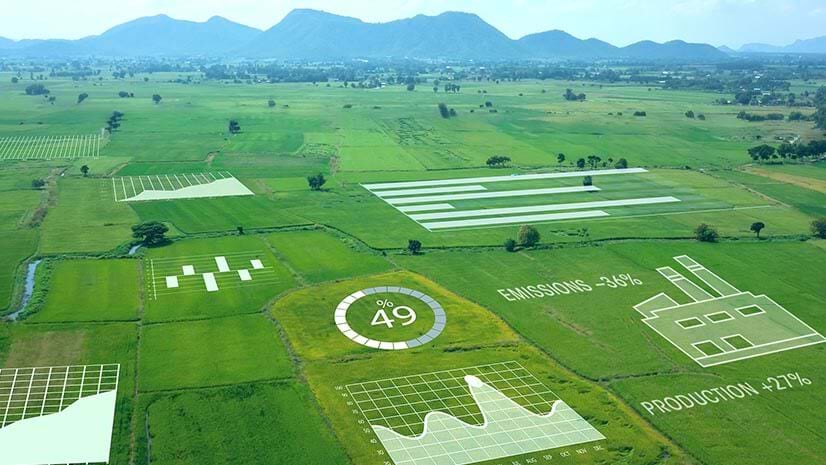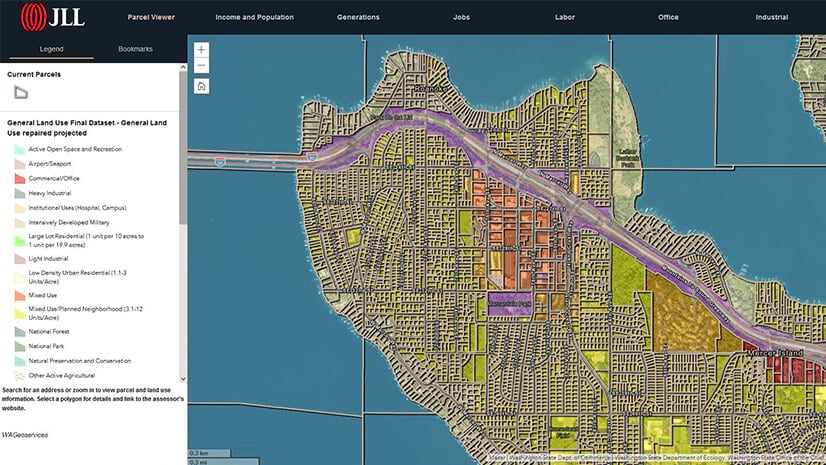For much of human history, the Arctic has been a forbidding place, encompassing 15 percent of the planet’s land, yet only 0.05 percent of Earth’s population. Temperatures dip as low as -90 degrees Fahrenheit. The Polar Night drapes the region in darkness for 2.5 months every year.
Yet as climate change transforms this frozen region, potentially freeing Arctic waters of ice in summer months by the next decade, economic opportunity in the far North beckons. With $1 trillion in investments anticipated in the Arctic in coming years, interest from business executives in oil and gas, mining, tourism, transportation, and telecommunications has led some analysts to predict a “cold rush.”
As companies navigate the promise and the perils of the Arctic, they will need a keen geographic approach to analyze a multitude of risks and balance commercial prospects with the sustainability of ecosystems and indigenous communities.
Exploration of any area calls for maps. As knowledge about Arctic lands increases, smart maps will integrate layers of information—weather patterns, transportation routes, satellite imagery of conservation zones—that will be indispensable to those who pioneer opportunities in polar regions.
Industries Seek Balance in the Arctic
While the possibilities are real, the reality of economic expansion in the Arctic is likely years away. Location intelligence from geographic information system (GIS) technology will be key for decision-makers as they contemplate Arctic opportunities. Long before money is poured into new ventures, business planners can consult GIS dashboards layered with data on natural resources, sea ice, and animal migration patterns to assess the suitability of oil wells or cruise destinations.
The warming of the planet, which is occurring faster in the Arctic than anywhere else, is opening new sea routes that could significantly lessen fuel emissions from shipping enterprises. Traveling across the Arctic Ocean, for instance, would cut a trip from Japan to the Netherlands in half, reducing a voyage of 12,000 miles to 6,000. GIS could help transit planners analyze the physical risks that Arctic passages pose to cargo ships, as well as the potential savings on greenhouse gases and energy costs.
Similar efficiencies have long intrigued telecommunications executives. The shortest connection between London and Tokyo would be through the Arctic, creating possibilities for speedier data flows between global financial hubs. Location technology has proved invaluable to the planning, building, and maintaining of fiberoptic cables elsewhere in the world. Maps can help cable planners visualize undersea conditions and anticipate potential interruptions from shipping and seasonal ice patterns. The region’s cold temperatures and abundant hydropower could also spur the development of energy-hungry data centers.
The Call of the North
The burgeoning Arctic tourism industry could bring an influx of revenue to a region that will require huge investments in infrastructure and roads to facilitate future enterprises. Safety will be paramount for both adventure seekers and sight-seeing vessels. Digital risk maps integrate important information—incoming storms, visibility levels, proximity to hospitals, and access to search and rescue crews—that help trip leaders understand the full scope of hazards. The same location intelligence will be essential to analyzing the impacts of increased recreational activity on clean water, wildlife, and the communities that depend on these resources.
As the global pace of electrification accelerates, the Arctic has become a point of interest for every superpower on the planet. Vast stores of strategic mineral deposits and petroleum lie beneath the surface, and reduced ice levels will ensure easier access. GIS enables mining companies to assess geological formations in the context of conservation areas or disputed territories to avoid geopolitical entanglements.
The future of the Arctic is unwritten, and many previous commercial forays into the region have been rebuffed by its challenging conditions. Location intelligence will be crucial to truly weigh the risks and rewards as companies consider the call of the North.











